C. Barner-Kowollik highlights the most recent progress in the area of single polymer chain folding, aimed at mimicking natural biomacromolecules.
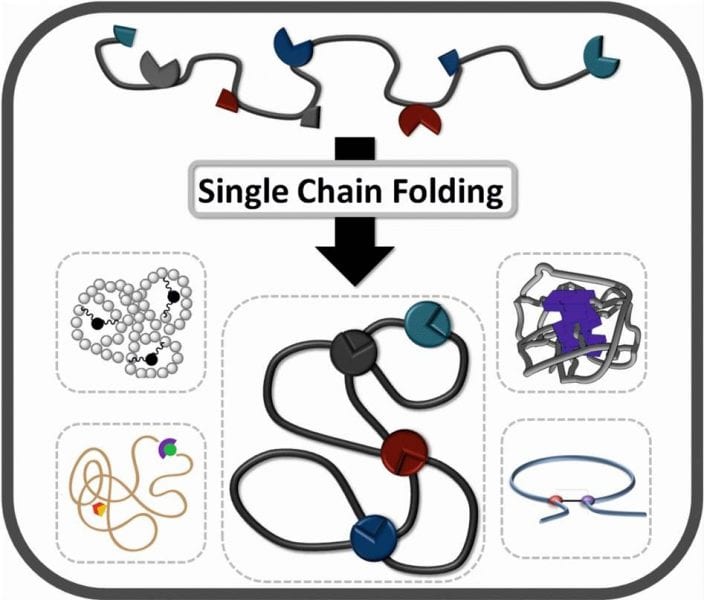

C. Barner-Kowollik highlights the most recent progress in the area of single polymer chain folding, aimed at mimicking natural biomacromolecules.
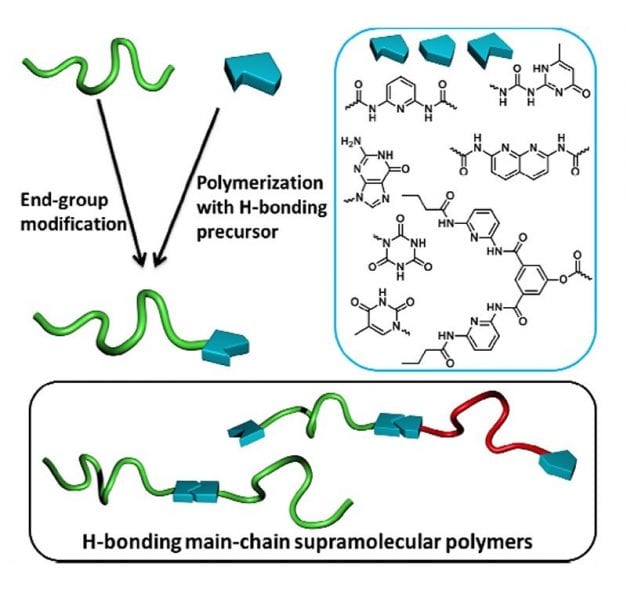
The reversibility of non-covalent interactions combined with the intrinsic macroscopic properties of covalent polymers opens new perspectives for the design of polymer materials.
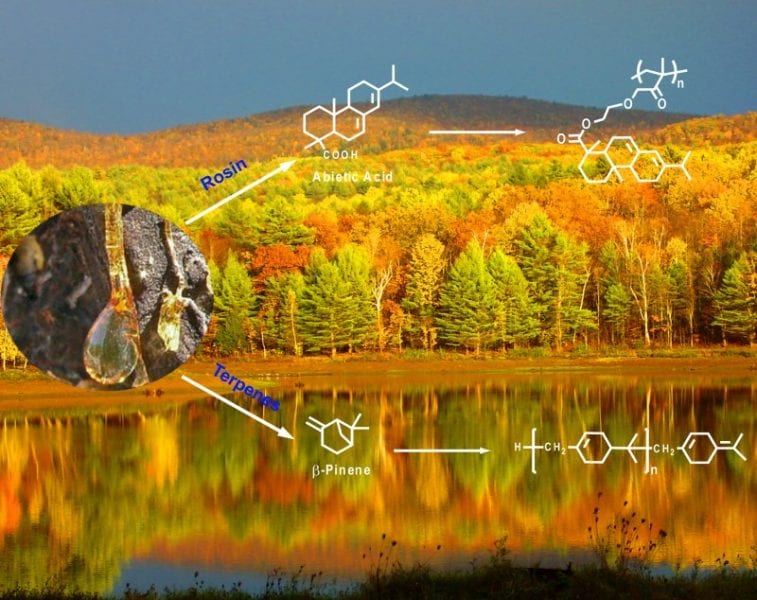
Scientists from the USA and China report on the development of monomers and polymers from terpenes, terpenoids, and rosin.
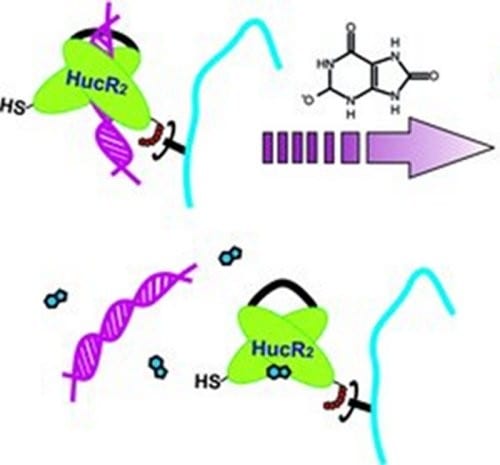
A hydrogel that can tell good from bad: this material can distinguish between normal and pathological levels of urate, a salt related to gout arthritis.
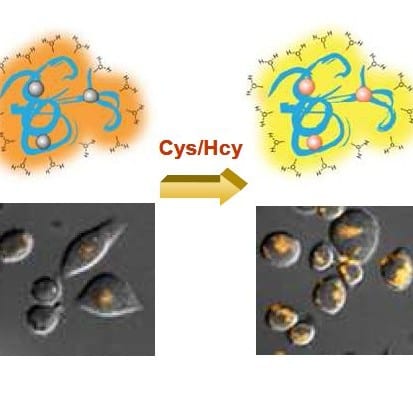
A phosphorescent iridium(III) complex-functionalized poly(N-isopropylacrylamide) is a promising probe for bioimaging applications.
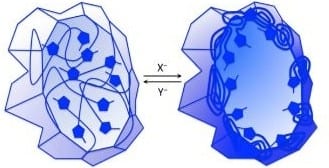
John Texter (Eastern Michigan University) reviews in an authoritative and clear manner the rapidly growing field of anion recognition materials derived from imidazolium based polymers.

Read now for free the editor’s choice of recent feature and review articles in Macromolecular Rapid Communications.
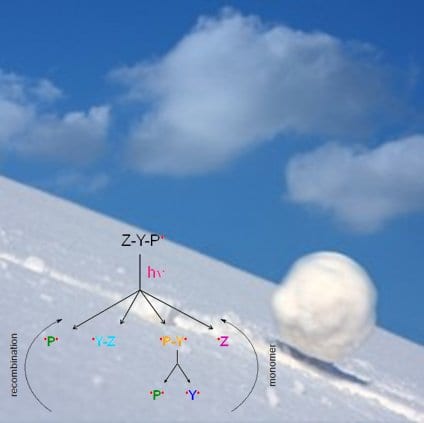
Klaus Tauer and co-workers (Golm, Germany) report the discovery of an unusually rapid and high-yielding emulsion polymerization reaction that does not follow zero-one kinetics.
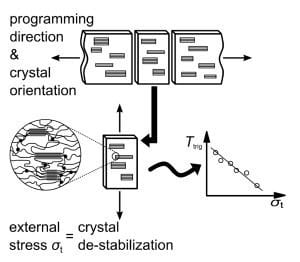
German researchers found stress to be a new trigger for shape memory polymers.
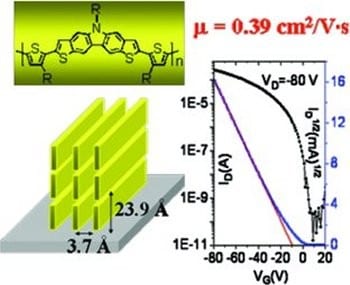
Researchers from the Chinese Academy of Sciences, Changchun, designed a novel fused heteroacene with high hole mobility for solution processed thin-film transistors.